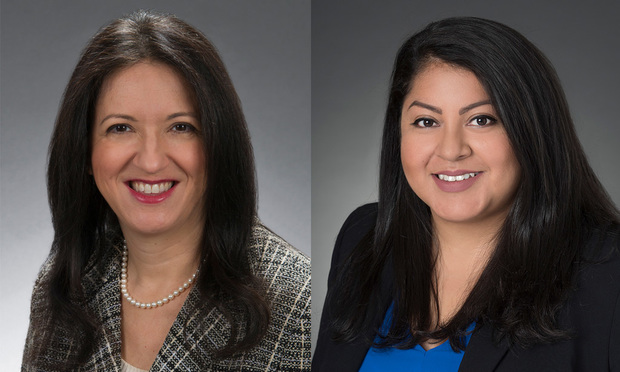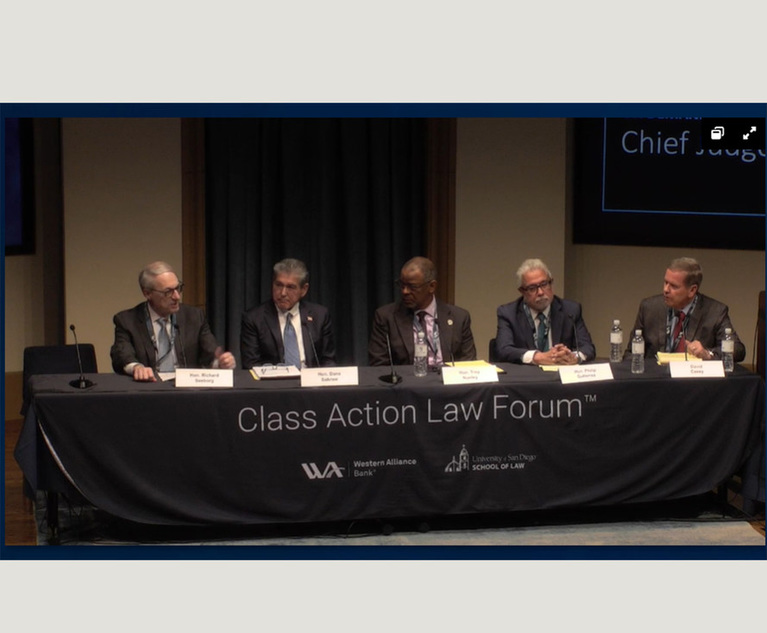False advertising class actions have plagued the food industry in California for years. These lawsuits are brought under California’s trifecta of consumer protection laws—California’s Consumer Legal Remedies Act (Cal. Civ. Code §§1750, et seq.), False Advertising Law (Cal. Bus. & Prof. Code §§17500, et seq.), and Unfair Competition Law (Cal. Bus. & Prof. Code §§17200, et seq.)—and allege that plaintiff and a class of similarly situated consumers were misled by the food labeling. As this year draws to a close, we look back on the food labeling class actions that have dominated the legal landscape in California and look ahead to the class actions that may loom large in the new year.
In the past three years, more than 30 class action lawsuits have been filed in California challenging food and drink labels for products containing citric acid or malic acid as misleading when labeled as containing “No Artificial Flavors” or “No Artificial Preservatives.” Foods containing citric acid and malic acid naturally present an attractive target to the plaintiffs’ bar. Citric acid and malic acid are found in fruit and may also be manufactured. They can be used for flavoring or as a preserving agent. Depending on the source and use of the acid, labeling such as “No Artificial Flavors” or “No Artificial Preservatives” may be entirely truthful, but still alleged to be false.


 Amy Lally and Farrah Vazquez, Sidley Austin (Photo: Courtesy Photo)
Amy Lally and Farrah Vazquez, Sidley Austin (Photo: Courtesy Photo)




